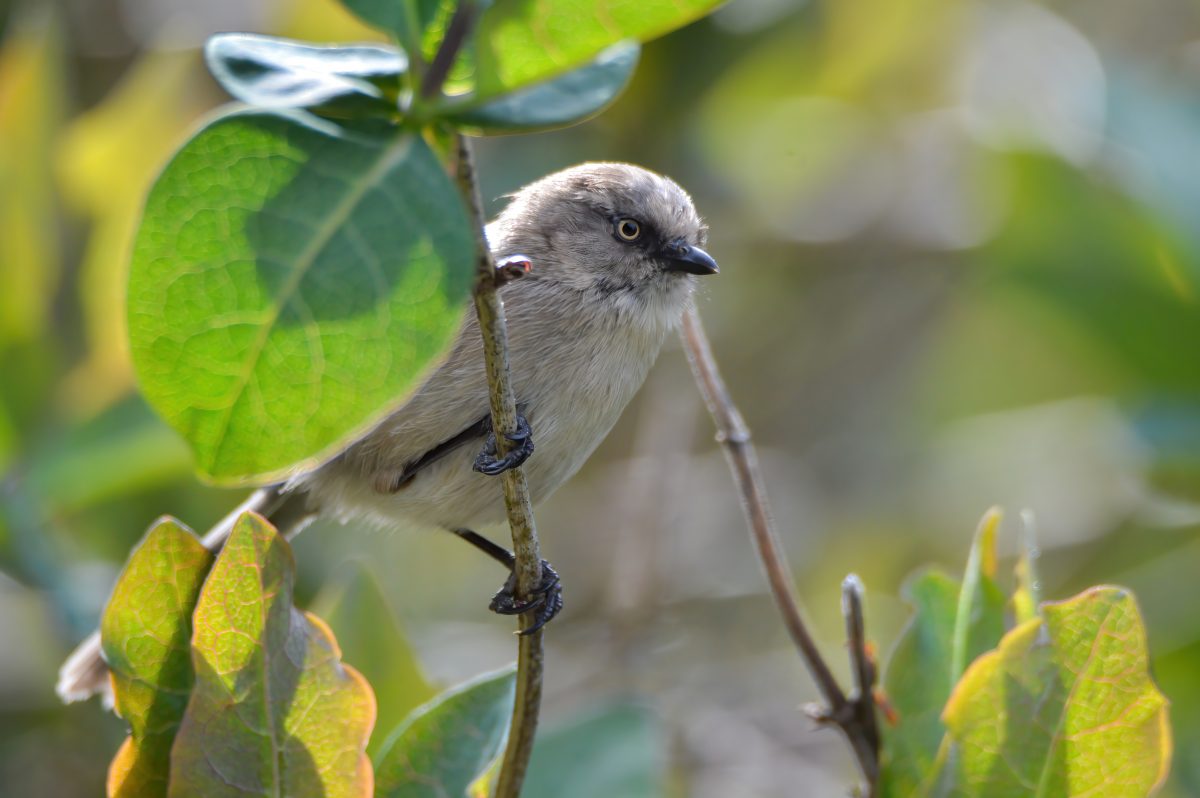Beyond the serene beauty of a cardinal in flight or the captivating song of a warbler, bird watching is a powerful economic force in the United States. While often perceived as a quiet pastime, this popular activity generates billions of dollars annually, supporting jobs, driving tourism, and contributing significantly to local and national economies. We examine the tangible economic impact of birding, showcasing its importance beyond the realm of nature enthusiasts.
Who are birders?
It may surprise you to know that 100 million adult Americans are bird watchers, with a large percentage, 95%, observing birds around their own homes. But many birders also travel for birding, with 44% taking trips a mile or more from home. While participation spans all ages, there is a strong presence of individuals aged 55 and older. Participation is relatively evenly split between males and females, and while the majority of participants identify as white, Asian Americans also have a very high participation rate.
However, there’s evidence indicating a rise in wildlife-watching activities among younger demographics. Specifically, data shows an increase in 16 and 17-year-olds participating in these activities. The pandemic played a role, driving many young people to outdoor activities, including birdwatching. This heightened interest appears to be persisting.
Technology, such as bird identification apps like Merlin Bird ID from the Cornell Lab, is making bird watching more accessible to younger generations. The use of these applications is increasing, and the average age of the users is decreasing. This shows that technology is playing a large role in lowering the barrier to entry for younger people to begin birding.


Direct Spending
The recent State of the Birds 2025 Report valued spending on a variety of goods and services by bird watchers to be $108 billion annually. This includes equipment like binoculars, spotting scopes, cameras, field guides, and bird feeders and bird food. Those birders who watch from their backyards spend millions on bird feeders and seed. Travel is also a huge contributor, with transportation, lodging, and food for birding trips contributing to the total.
Job Creation & Tax Revenue
Around 1.4 million jobs and $90 billion associated labor income is a direct result of bird watching activity and tourism. The birding industry supports a significant number of jobs in sectors such as retail in the sale of birding equipment and supplies. Within the tourism industry, birders support hotels, restaurants, and tour operators in popular birding destinations. Lastly, there is the manufacturing of birding-related products.
Birding activities generate substantial tax revenue for local, state, and federal governments. It is estimated that it totals $38 billion every year.
Economic Impact on Local Communities
In many rural areas, birding tourism can be a major source of income, supporting local businesses and economies. The presence of rare or sought-after birds can draw large numbers of birders to a region, providing a significant economic boost.


An example of this was in the winter of 2021-2022 when a Steller’s sea eagle, a bird native to coastal northeastern Asia, made an unexpected appearance along the New England coast, particularly in Maine and Massachusetts. This rare sighting drew birders from across the United States, who traveled to the region for a chance to see the bird.
A 2023 study estimated that this single bird’s presence funneled approximately $750,000 into the local economies of those two states. This influx of birders resulted in increased spending at local hotels and motels, restaurants and cafes, gas stations and convenience stores, and local retail.
Conservation
Birding contributes to conservation efforts by raising awareness of the importance of bird habitats and generating funding for conservation organizations. Many bird watchers become involved with local and national organisations to promote and protect birds, and many environmental organisations use bird watching volunteers to complete important work around birds.
An example of this activism is for The Nature Conservancy. They engage in a wide range of habitat restoration projects that directly benefit bird populations. In South Cape May Meadows, New Jersey a project involved the restoration of a crucial coastal wetland area that had been severely damaged by storms. Volunteers organised by The Nature Conservancy played a key role in restoring the dune system and freshwater wetlands, which are essential stopover habitats for migratory birds along the Atlantic Flyway.
Their work included restoring natural dune systems to protect the wetlands from storm surges. They also created and enhanced nesting habitats for shorebirds like Least Terns, Piping Plovers, and American Oystercatchers. Predator management strategies were implemented to protect nesting birds.


Final Thoughts
Birder expenditures generate an impressive $279 billion annual economic output. Bird watching is the largest outdoor activity that brings Americans together with a joy and purpose that is good for them physically and mentally. Beyond the huge financial benefits it brings, it is good for people and good for the planet. The days of stereotypes are gone. Birders are vibrant, enthusiastic, community-minded people who play a huge role to support the economy of the United States and protect these wonderful creatures.




